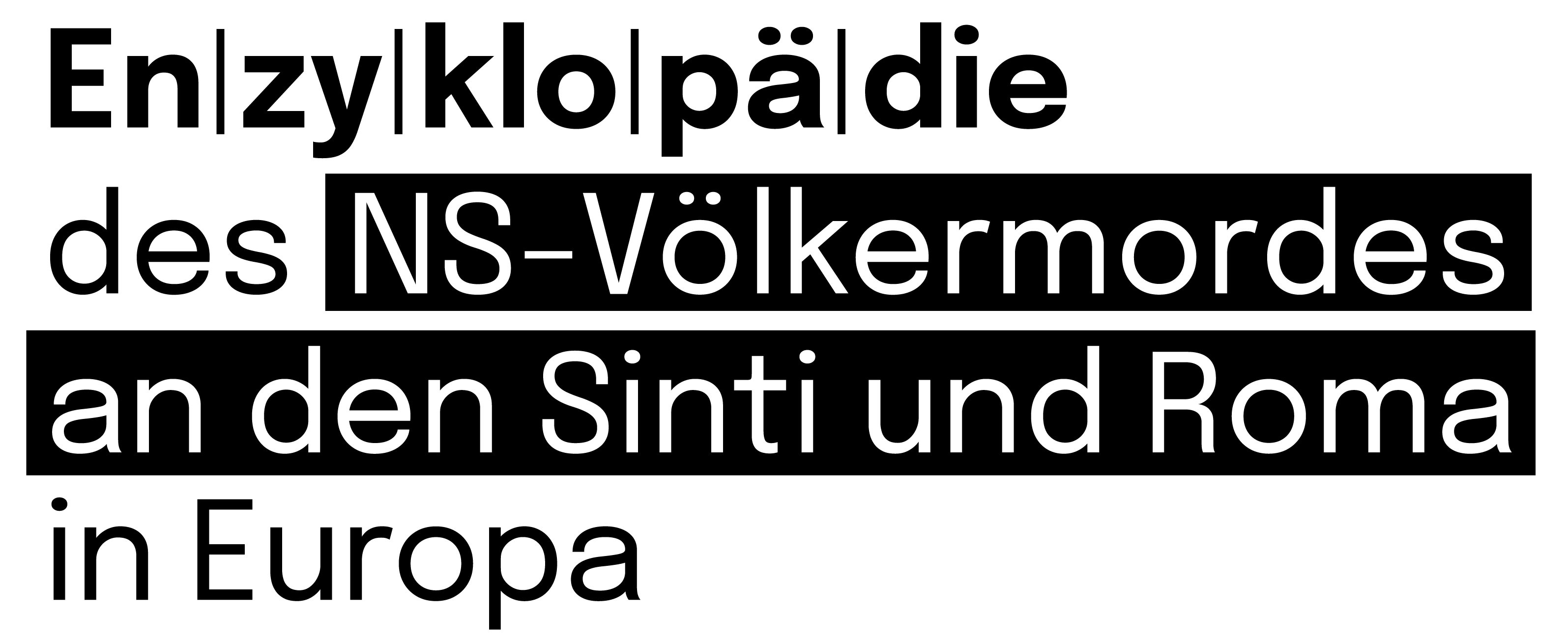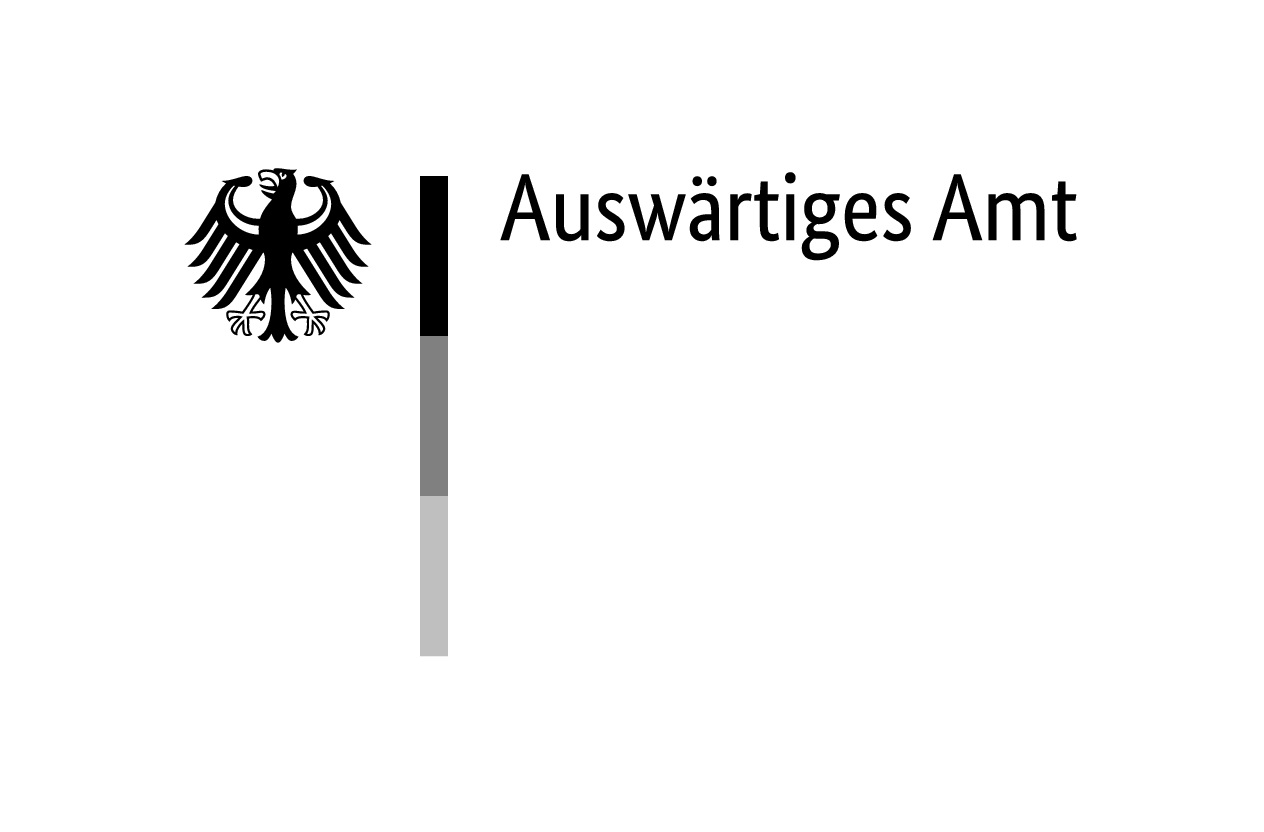The story of Anna Petermann, born on 11 March 1910 in Osterwitz, Leobschütz district in Upper Silesia, German Reich (today Niekazanice in the district of Głubczycki in Poland), provides an insight into the serious consequences of the so-called ‘Aktion Arbeitsscheu Reich’ for Sinti and Roma and the decades-long lack of recognition of those who were victims of Nazi persecution in the Federal Republic of Germany.
The ‘Aktion Arbeitsscheu Reich’ initially affected men, but in the end all the members of their families felt the impact.
Arrests and Internment in Concentration Camps
The men in Anna Petermann’s family (her father, her three brothers and her husband) were arrested by the criminal police in Cloppenburg on 14 June 1938 and taken to various concentration camps. As the criminal police files in the Lower Saxony State Archives show, the Petermanns were basket makers and peddlers, and none of the men had a criminal record. Their arrest was racially motivated: They were accused of travelling ‘in the Gypsy manner’—as the instructions to the criminal police prosecution authorities put it.
The files also contain a postcard dated 18 June 1938 and a letter from Anna Petermann and her mother Barbara Petermann to the authorities dated 21 June 1938, in which the women announced that they would not rest until their relatives were released or they at least found out where they were. There is evidence for numerous similar protests by Sinti and Roma in the German Reich. The criminal investigation departments were instructed to put a stop to them.1Hesse et al., Vom Schlachthof nach Auschwitz, 233.
On 27 July 1938, Anna and Barbara Petermann were arrested in Sauensiek, district of Stade. It is no longer clear whether their letters and postcards were among the reasons for their arrest. On 30 July 1938, the Stade town council applied for Anna and Barbara Petermann and ten other people to be taken into ‘preventive police custody’. Their detention in Hamburg was followed by internment in the Lichtenburg concentration camp and then in Ravensbrück concentration camp.
Anna Petermann’s father Johann Petermann (1889–1941) was murdered in Buchenwald concentration camp, her mother Barbara Petermann (1882–1942) in Ravensbrück concentration camp, her husband Hugo Petermann (1907–1942) in Dachau concentration camp and her brother Heinrich Petermann (1919–1941) in Mauthausen concentration camp.
Her brother Adolf Petermann (1922–unknown) survived the Sachsenhausen and Natzweiler-Struthof concentration camps. He was liberated in Dachau in April 1945. Her brother Otto Petermann (1913–1979) survived the Sachsenhausen, Mauthausen and Gusen camps badly scarred. Her two youngest siblings, Bertha (born 1923) and Arnhold Petermann (born 1930), and her two children, Dora (born 1930) and Adolf Petermann (born 1934), were probably deported from the Holzweg detention camp in Magdeburg to the Auschwitz-Birkenau concentration and extermination camp in 1943 together with other relatives and murdered there.
Low Compensation
Almost all of Anna Petermann’s family members were murdered. She herself survived six years and ten months of internment in concentration camps. In the 1950s, as part of her application for compensation, she approached the International Tracing Service (ITS) in Arolsen, Hesse, with the support of a lawyer and asked for proof of her own suffering and that of her relatives.
In the Federal Republic of Germany, the people arrested during the waves of arrests in 1938 were not recognised as victims of National Socialism for decades and were excluded from the provisions of the Federal Compensation Act. For Anna Petermann, the documents kept in Arolsen were helpful in proving her own persecution. At the same time, however, the Tracing Service passed on the stated reason for detention, ‘asociality’, to the compensation authorities without comment—with serious consequences for Anna.
In 1956, Anna Petermann was recognised as a victim of Nazi persecution, but only for the period of her internment that followed the issuing of the Auschwitz Decree in December 1942. In the compensation proceedings, the date of her internment was interpreted to her disadvantage. The ‘Gypsies specialist’ at the Bavarian State Office of Criminal Investigation, who was consulted as an expert witness, wrote that an arrest as early as July 1938 indicated that the arrest was based on a ‘police complaint’2 Lower Saxony State Archives (Niedersächsisches Landesarchiv, NLA), Old. Best. 231-6, No. 56; Nds. 110W Acc. 32-99 No. 301239.
The ‘specialist’ signed his name as Eller. This could be Hanns Eller (1898–1972), who had been involved in the deportations of Sinti and Roma during the Nazi era as a criminal investigator and who, as head of the Investigation Department in the Bavarian State Criminal Police Office from 1950, was also in charge of the ‘Landfahrerzentrale’.3Cf. Haumann, Die Akte Zilli Reichmann, 212–14; Opfermann, „Stets korrekt und human“, 396–97.
Further evidence against a racial motivation for pre-1943 persecution measures was provided by a statement from the police officer who had arrested Anna Petermann in 1938 and who was re-employed as a police officer in the district of Stade in 1955.
Referring to the letter from the ITS, the compensation authority also referred to the ‘preventive police custody’ applied for in 1938 and to ‘asociality’ as the reason for the application. Anna Petermann received a one-off payment of 3,900 DM as compensation, which corresponded to a period of internment of just two years and four months.
Anna Petermann died on 27 November 1984 in Braunschweig. It was not until 13 February 2020 that the German Bundestag decided that people deported to concentration camps as ‘asocials’ should also be recognised as victims of Nazi tyranny.4Cf. ‘„Asoziale” und „Berufsverbrecher” sollen als NS-Opfer anerkannt werden’ [‘“Asocials” and “professional criminals” should be recognised as victims of National Socialism’], https://www.bundestag.de/dokumente/textarchiv/2020/kw07-de-ns-verfolgte-680750 [accessed: 10/12/2024].




